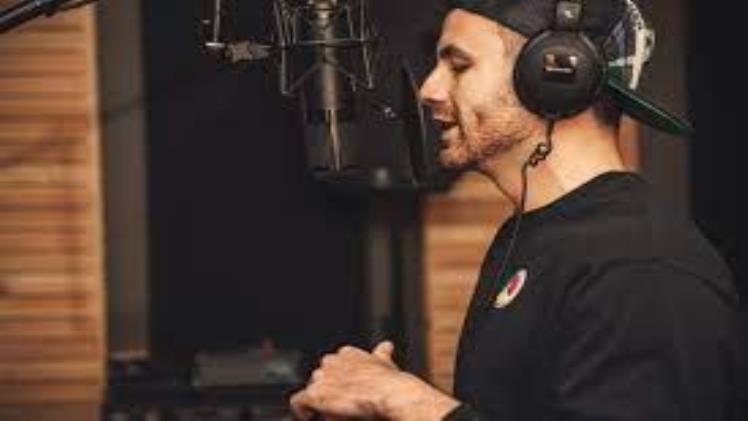Have you ever wondered what the terms voice over, narration, dubbing, etc. mean? More often than not, these terms are used synonymously, which is most definitely not the case.
Even though narration, dubbing, and voice over is part of a similar creative industry, there are some significant differences, especially regarding the mechanism and process behind them.
And if you are someone who aims to be a part of that industry, it is imperative to be aware of these small but integral details.
But no worries. Universe has landed you in the right place at the very right time. Allow us to take you through this one step at a time as we discuss the fundamental differences between voice over and narration in today’s article: voice over vs. narration.
Without further ado, let’s get started!
What is voice over?
Before we understand the differences between the two terms, we must understand both these topics individually.
So, what exactly is voice over?
Voice over consists of two words: voice and over. So, one way of understanding voice over is that it’s like adding a layer of audio over a video. Voice over is the process of adding voice or audio to a video to give it more in-depth meaning.
In more technical terms, Wikipedia defines voice cover as “technique in which, unlike in dubbing, actor voices are recorded over the original audio track which can be heard in the background.”
Voice over is like the icing on a cake, where the icing isn’t a part of the ingredients that form the cake but is an additional layer that enhances it. It is a production technique using an off-screen voice that is not part of the narrative.
What are narrations?
Now that we have an idea of what voice-over is, let us look at what narrations are.
According to bunny studio.com, “A narration tends to be the use of spoken commentary of the entire story to the audience. Either one of the lead characters or a disconnected third-person voice will provide this.”
The concept of narration is closely related to telling a story. You may have noticed a third-party voice explaining something at the movie’s beginning. That is what we understand as narration. We could also use it to tell a story from the lead character’s point of view.
Narration comprises two techniques: the stream-of-consciousness technique and the unreliable narrator.
The stream of consciousness, as per Wikipedia, is the technique where an attempt is made to explain the narrative’s perspective using the thought processes as opposed to simply the actions and spoken words. Example: the multiple narrators’ feelings in William Faulkner’s The Sound and the Fury
The unreliable narrator technique involves, as the name suggests, the use of an untrustworthy narrator. This mode is generally used to create a level of suspense or suspicion in the story. For example (Wikipedia), in J.D. Salinger’s The Catcher in the Rye, in which the novel’s narrator Holden Caulfield is biased, emotional, and juvenile, divulging or withholding certain information deliberately and at times probably quite unreliable.
From the above, we can conclude that narration is closely related to the concept of story-telling, unlike voice over, which involves imparting information as its primary role.
Voice over vs. narration: What’s the difference?
Now that we have individually understood the concept of voice over and narration, let us get into the principal topic: voice vs. narration.
The difference between these two concepts lies much in their function than their form. Voice over artists can also play the role of narrators, especially in movie trailers and vice versa. It is all but the little technicalities.
Some critical differences between voice over and narration are:
- Voice over is a comparatively less creative process than narration. Instead, voice over has a more technical framework.
- Narration is less straight forward than voice over. It is more concerned with clarifying complex and intricate aspects of a storyline.
- More often than not, the artists featured in the video perform the narration. It could be one person or a group of people. Comparatively, a behind-the-scenes reader usually does the voice over. There could be exceptions to this, but this is usually the case.
- Narration is more related to the storyline, whereas voice over inclines towards providing information.
In all honesty, it is tough to distinguish voice over from narration for the most part, especially in concepts like documentaries. While one is a more technical approach, the other aligns better with creativity.
Then, how do we decide which one to use?
Voice over vs. narration: Which one should you use?
The answer to understanding which of these techniques you should use lies in their functionality. What exactly are you trying to achieve for your video? Do you want to tell a story, or is it more like an informative video?
Using voice over or narration depends simply on your expectations and requirements. And while there are undoubtedly noticeable differences between the two, both these techniques allow you to reach out to your audience more lucratively, imparting your message in the best possible way.
So, which of these techniques will you prefer to use now?


